The NVIDIA GeForce GTX 980 Ti Review
by Ryan Smith on May 31, 2015 6:00 PM ESTMeet The GeForce GTX 980 Ti
Like the rest of NVIDIA’s high-end cards in this generation, the reference GeForce GTX 980 Ti is launching with NVIDIA’s standard metal cooler. This design has served NVIDIA well since the launch of the GTX Titan in 2013 and continues to be the blower design to beat the high end, easily handling the 250W TDP of NVIDIA’s high-end cards without generating a ton of noise in the process.
As with so many other aspects of the GTX 980 Ti, the GTX 980 Ti’s cooler and build is a near-copy of the GTX Titan X. The only difference in the cooler is the paint job; GTX Titan X got a unique black paint job, while GTX 980 Ti gets the more standard bare aluminum finish with black lettering and a black-tinted polycarbonate window.
Otherwise there’s very little to be said about the GTX 980 Ti’s design that hasn’t been said before, so we’ll just recap what we said about the cooler design from our review of the GTX Titan X.
For GTX 980 Ti, NVIDIA has opted to leave well enough alone, having made virtually no changes to the shroud or cooling apparatus. And truth be told it’s hard to fault NVIDIA right now, as this design remains the gold (well, aluminum) standard for a blower. Looks aside, after years of blowers that rattled, or were too loud, or didn’t cool discrete components very well, NVIDIA is sitting on a very solid design that I’m not really sure how anyone would top (but I’d love to see them try).
In any case, our favorite metal shroud is back once again. Composed of a cast aluminum housing and held together using a combination of rivets and screws, it’s as physically solid a shroud as we’ve ever seen. The card measures 10.5” long overall, which at this point is NVIDIA’s standard size for high-end GTX cards.
Drilling down we have the card’s primary cooling apparatus, composed of a nickel-tipped wedge-shaped heatsink and ringed radial fan. The heatsink itself is attached to the GPU via a copper vapor chamber, something that has been exclusive to NVIDIA’s 250W cards and provides the best possible heat transfer between the GPU and heatsink. Meanwhile the rest of the card is covered with a black aluminum baseplate, providing basic heatsink functionality for the VRMs and other components while also protecting them.
Finally at the bottom of the stack we have the card itself, complete with the GM200 GPU, VRAM chips, and various discrete components. The GM200 PCB places the GPU and VRAM chips towards the front of the card, while the VRMs and other discrete components occupy the back. As with the GTX Titan X, GTX 980 Ti features NVIDIA’s reworked component placement to improve airflow to the discrete components and reduce temperatures, along with employing molded inductors.
NVIDIA once again employs a 6+2 phase VRM design, with 6 phases for the GPU and another 2 for the VRAM. This means that GTX 980 Ti has a bit of power delivery headroom – NVIDIA allows the power limit to be increased by 10% to 275W – but hardcore overclockers will find that there isn’t an extreme amount of additional headroom to play with. Based on our sample the actual shipping voltage at the max boost clock is a bit higher than GTX Titan X, coming in at 1.187v, so in non-TDP constrained scenarios there is some additional headroom through overvolting, up to 1.23v in the case of our sample.
In terms of overall design, unlike GTX Titan X and its 24 VRAM chips, for the GTX 980 Ti NVIDIA only needs to use 12 VRAM chips to get the card’s 6GB of VRAM, so all of the VRAM is located at the front of the card. Halving the RAM capacity simplifies the card a bit – there are now no critical components on the back – and it brings down the total VRAM power consumption slightly. However despite this, NVIDIA has not brought back the backplate from the GTX 980, having removed it on the GTX Titan X due to the VRAM chips it placed on the rear.
Moving on, in accordance with GTX 980 Ti’s 250W TDP and the reuse of the metal cooler, power delivery for the GTX 980 Ti is identical to its predecessors. This means a 6-pin and an 8-pin power connector at the top of the card, to provide up to 225W, with the final 75W coming from the PCIe slot.
Meanwhile display I/O follows the same configuration we’ve seen on the rest of the high-end GTX 900 series. This is 1x DL-DVI-I, 3x DisplayPort 1.2, and 1x HDMI 2.0, with a total limit of 4 displays. In the case of GTX 980 Ti the DVI port is somewhat antiquated at this point – the card is generally overpowered for the relatively low maximum resolutions of DL-DVI – but on the other hand the HDMI 2.0 port is actually going to be of some value here since it means GTX 980 Ti can drive a 4K TV. Meanwhile if you have money to spare and need to drive more than a single 4K display, GTX 980 Ti also features a pair of SLI connectors for even more power.
Finally, taking a look at the long term, I wanted to quickly hit upon the subject of the VRAM capacity difference between the GTX 980 Ti and the GTX Titan X. Essentially NVIDIA’s only remaining selling point for the GTX Titan X, the Titan will remain their only 12GB card for some time to come. For NVIDIA this means that they can pitch the GTX Titan X as a more future-proof card than the GTX 980 Ti, as it would be hard-pressed to run out of VRAM.
The question for the moment then is whether 12GB is worth a higher premium, let alone the GTX Titan X’s $350 premium. The original GTX Titan by comparison was fortunate enough to come out with 6GB right before the current-generation consoles launched, and with them their 8GB memory configurations. This lead to a rather sudden jump in VRAM requirements in games that the GTX Titan was well positioned to handle, whereas GTX 780 Ti and its 3GB of VRAM can struggle in the very latest games at 4K resolutions. Much like 6GB in 2013, 12GB is overkill in 2015, all the while 6GB is a more practical amount for a 384-bit card at this time.
But to answer the question at hand, unlike the original GTX Titan, I suspect 12GB will remain overkill for a much longer period of time, especially without a significant technology bump like the consoles to drive up VRAM requirements. And consequently I don’t expect GTX 980 Ti to have any real issues with VRAM capacity in games over the next couple of years, making it better off than the GTX 780 Ti, relatively speaking.


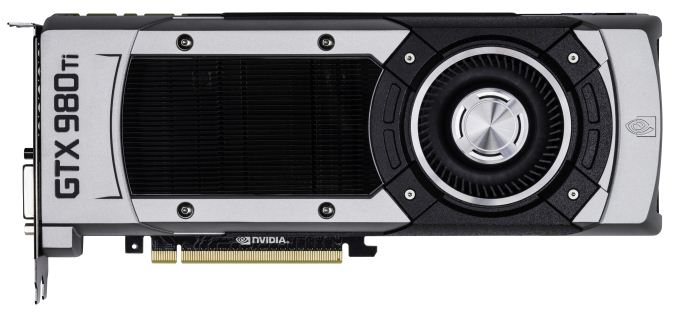
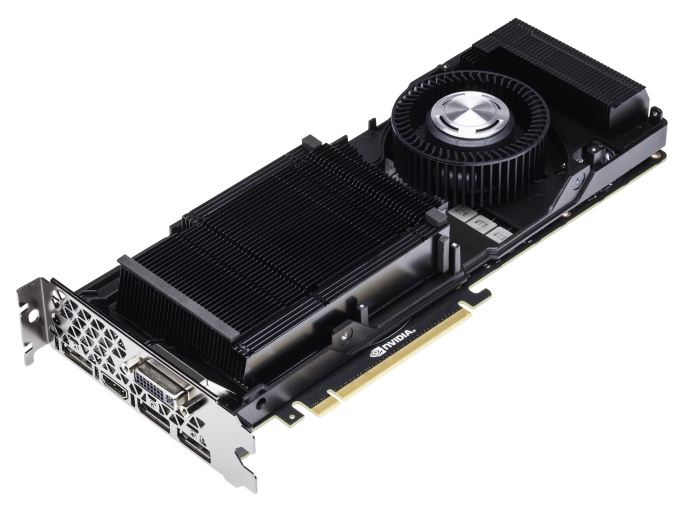
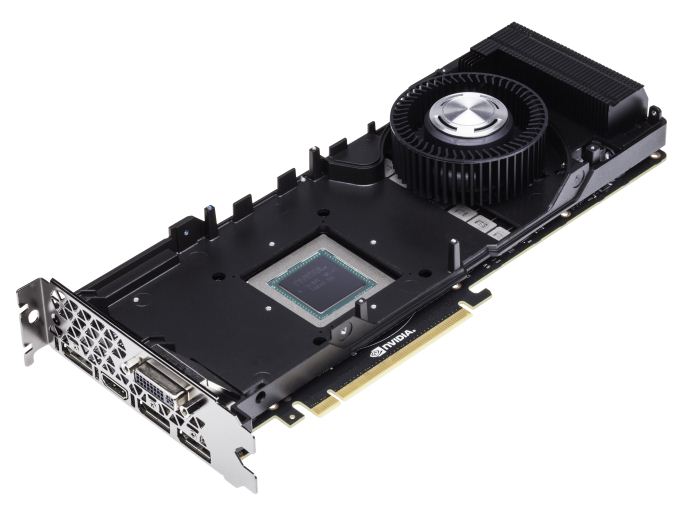
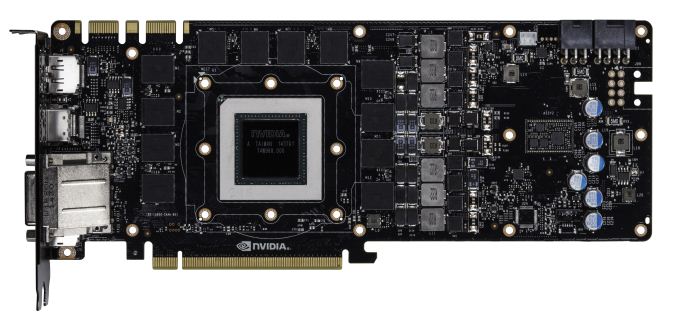

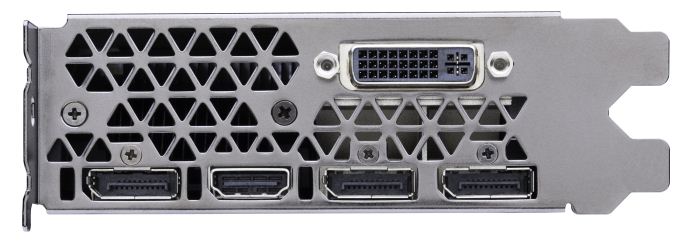








290 Comments
View All Comments
jjj - Sunday, May 31, 2015 - link
lol they got way high margins on the big cards ,they could sell this easily at 500$ (where perf per price would be close to the 970) and have good margins, if AMD has the big enough card, all they need is to want to be price competitive.These are not products for people that look for reasonable value, nobody that looks for that would ever pay 500$ for a GPU to begin with so both AMD and Nvidia are just keeping the high margins since volumes can't really go up.
Yojimbo - Sunday, May 31, 2015 - link
I don't know how you can say the value is unreasonable when there is no other way to achieve what these cards achieve. The high end of the graphics market is less sensitive to price than more mainstream segments. Both AMD and NVIDIA are trying to maximize their profits over the entire market range.jjj - Sunday, May 31, 2015 - link
You seem to not understand the term value and then you explain why the high end cards are poor value.Value and competitiveness are 2 different things. One is perf per price and the other is how the product relates to it's competitors. Yes the high end is less price sensitive (something my first comment agreed with) and the cards are poor value that's why i found it amusing that someone thinks the perf per price is great, when it never is in the category.
Daroller - Monday, June 1, 2015 - link
"You do not seem to don't understand the term value, and then you explain why the high end cards are poor value."Oh, that's rich.
Value in this case is a subjective term. Each consumer defines the value of a product to them. It isn't something you can put on a chart, or quantify, unless that's how they choose to define it for themselves.
I own two TITAN X in SLI to drive a 1440p display. You'd probably call that "poor value". You'd be correct... for yourself. You'd be woefully incorrect if we're discussing what I consider "value", because I considered the price/performance ratio to be perfectly acceptable, and moreover, a "good deal" to eliminate all possibility of VRAM related stuttering. All this while giving me the same number of shader cores as a tri-SLI 980 setup with better scaling because it's only two cards. A resounding value in my books.
Refuge - Monday, June 1, 2015 - link
lol, you lost all credibility with anyone here after you said you were using Titan X's in SLI because you are worried about running out of VRAM and stuttering...I wouldn't call that poor value, I would just call that retarded.
Yojimbo - Monday, June 1, 2015 - link
And yet despite his lack of "credibility" everything he said was completely correct. What does that say about your ability to judge?Kutark - Monday, June 1, 2015 - link
This whole thread could have been fixed if the guy said "objectively" instead of just "value".Yes, what constitutes a good value varies from person to person. Anyone with a brain can infer what he was trying to say in his argument, which is absolutely correct, is that at this price bracket, people aren't buying cards based on price/perf. So, whether or not the price/perf is comparable to lower cards is irrelevant. They price according to what the market will be bear. If they're selling them as fast as they can make them, then they're selling them at the right price.
Yojimbo - Tuesday, June 2, 2015 - link
No. Especially since he replied back to me and ridiculed me for not knowing what "value" is. That by itself is enough of a refutation of your "just try to guess what he meant" argument. But if he really did mean what you think he did, his post is irrelevant, because value is the proper metric, and it is not "objective". That really is the entire point, and why something needed to be said.Yojimbo - Tuesday, June 2, 2015 - link
And one more thing. The fact that they aren't buying the cards to maximize "price/perf" is blatantly obvious, and just as blatantly irrelevant. The problem I'm having is, and I could be wrong here, that you and he both seem to be convinced they SHOULD be buying the cards on "price/perf."mapesdhs - Wednesday, June 3, 2015 - link
I'd buy you a beer for posting that if I could. 8) It's the perfect summation of what I've said so often, namely an item is only ever worth what someone is willing to pay. It's funny how people can get so offended that someone else can afford and is happy to buy a far better config than they do; really it's just hidden jealousy IMO. Either way, kudos for that rig, and please post some 3DMark bench links! 8) Actually, you should buy the beer, you can afford it, hehe...I wonder if you have a similar MO to me, I like to max out visual settings for the games I play, modding if need be to improve visuals. I hate scenery popping, etc.